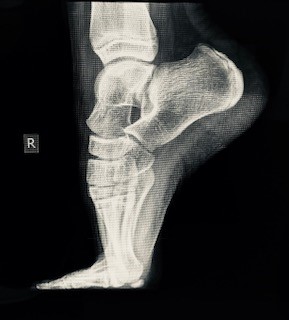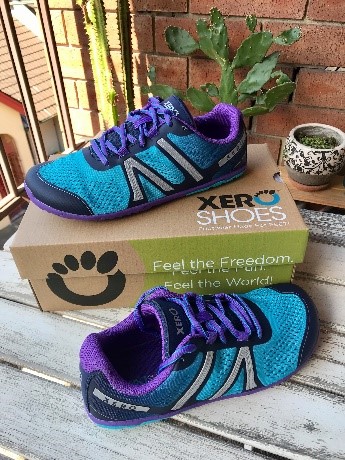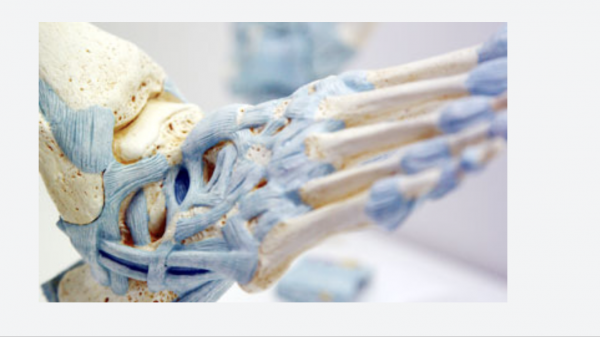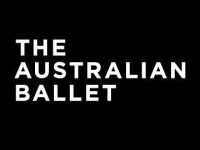Take a SnapShot at Our Wonderful Feet
Part 1
by Sally Harrison from Pro-Align & Strength4Dance
As we head into the start of 2022 you may be heading into full time training, maybe embarking on a new project or contract, or maybe this is the year to open up your own school or teach some regular classes. One thing that remains true is that we need to look after our feet. As dancers we are often wearing pointe shoes, heels, thick trainers for our craft, so good foot care is especially important.
Since we moved from walking on 4 limbs to 2, about 1.8 million years ago, our feet became our only direct contact with the ground and world around us.
As we stand or walk and gravity pushes us downwards from above, we have to react against the ground and create force to remain upright, and not only that, but move – with speed. This is all provided by the contact and motion of the feet on the ground.
So lets take a snap shot at our wonderful feet…
- A quarter of all the bones of the body are in the foot; 26 bones. This provides for a very mobile region. These things are evolved to move!
- Each foot has 33 joints. The joints have a vertical orientation allowing for joints to open and force to be transmitted into the tissues when weightbearing. This changes en pointe or in high heels, where the joints are more horizontal and lose their shock absorbing properties.

- 150 ligaments help to provide shock absorption across these joints and play a role in sensory feedback.
- The foot can do 2 movements: pronation and supination. These are also known as a ‘mobile adapter’ and a ‘rigid lever’ respectively. These are movements that happen in 3D.
- 26+ muscles of the foot and ankle work to decelerate pronation and accelerate supination. They all work together, in synergy.
- The foot can be split into the rear, mid and forefoot.
- The 1st ray = the medial cuneiform, 1st metatarsal and phalanges (primitive gripping digit). It is not too far removed from when our ancestors used the 1st toe for gripping.
- The 1st toe is essential for absorbing load, triggering re-supination and balance, especially in demi pointe. We need about 60° of big toe extension for happy foot function. For dance we often require 90° for good demi point height.
- There are 2 small sesamoid bones under the 1st toe joint that help to dissipate forces.
- The talus bone has no muscular attachments and converts sagittal plane motion into tri-planar motion 3D. This is essential for pronation and supination mechanics of the foot. The talus can be viewed as a continuation of the tibia (shin bone). Cuing movement from the tibia and not the knee can be useful when improving foot motion.
- The Tibialis posterior muscle is the most powerful supinator: important for rises and re centering the foot from jumps. This muscles lives in the deep calf.
- Peroneus longus can also help with plantarflexion of the 1st ray due to its attachment: relevant for rise and a pointed foot. This muscle lives on the outside of the calf.
- We can classify feet into a neutral, high arch, and low arch (flat). All foot shapes are okay if they can move well.
The foot as a sensory machine
- We have 3 times more sensory (feeling) than motor (action) nerve input on the sole of the foot (found in the skin and fascia). The feet are designed to provide a mass of information to the brain, and quickly.
- There are 4 times more small nerves than large nerves. These are sensitive to vibration which we get from the ground when we walk and jump. Thick soled shoes will limit this and reduce our sensory information.
- Proprioception is feedback from sensory receptors that give us a sense of where the joint is, where we are in space. These receptors are commonly found near to the joints in the capsule, tendons, ligaments and fascia. Don’t forget the foot has 33 joints, that’s a lot of proprioceptive feedback.
- Our Local muscle system (muscles close to the joint) help with stability and are predominantly type 1 muscles fibre type. These local muscles have the highest number of sensory nerves and so a high proprioceptive input to the brain.
“A joint is as stable as the rate which they can perceive their position” (Dr Emily Splichal) We have a very proprioceptive rich environment in the foot that can assist with great stability…. if we allow it to.
Things to think about to help our feet from this section; part 1
- Could you be barefoot more often?As we have now discussed, vibrational input comes from our contact with the ground, so if we wear shoes, this reduces the s
 ensory input we get. I remember great a visual from a course I did that outlines this really well;“Socks on the feet is like wearing sun glasses, shoes like a blind fold” The thick soled shoes that are of fashion currently would be like adding noise cancelling head phones to the mix !”So, could you dance barefoot more, be barefoot in the house? Maybe walk barefoot on different surfaces such as the beach, the driveway or grass?
ensory input we get. I remember great a visual from a course I did that outlines this really well;“Socks on the feet is like wearing sun glasses, shoes like a blind fold” The thick soled shoes that are of fashion currently would be like adding noise cancelling head phones to the mix !”So, could you dance barefoot more, be barefoot in the house? Maybe walk barefoot on different surfaces such as the beach, the driveway or grass? - Could you wear shoes that allow the foot to move more? Maybe a shoe with a 0 rise from front to back. Most shoes today have a rise of 8-12mm with a very rigid rear and mid foot, and plenty of vibration dampening cushioning. This rise is like wearing a small heel and changes the timing of heel strike and motion at the ankle and in the calf muscles. I’ve just started training in xeros and am loving them !
- Could you invest in a small amount of time to do daily foot exercises and releases before and after class/ performance to help improve blood flow, fluid dynamics and mobility in a sleepy foot or a foot that has been squashed into chorus heels?
Below are some examples of some releases and check ins that you could try over the next few weeks.
Start small, add one new thing and try it out for 2-3 weeks. Check and see hwo you feel. Has anything changed? Is your stability any different? Does anything feel different higher up the chain in your hip or core?
Foot check in https://youtu.be/5upfkPMG6Ew
This video shows a basic foot check in that we can do daily or before class. What is your foot doing? Does your pronation and supination feel the same? Where is the position of your demi?
Ball release https://youtu.be/ouzdGYDhZJM
Release the intrinsic muscles of the foot and open the arches. Stop and ‘check in’. Can you feel this release track up your body? How high can you feel this ?
Mobility https://youtu.be/6sq9B2F9Tyk
Mobilise the midfoot, spread the toes and start to exercise the feet with Piano and toe swapping.
In Part 2 we will be looking at pronation and supination , fascial strength and support and some common injuries that occur when these areas don’t function well.
Pro-align; physiotherapy for dancers










